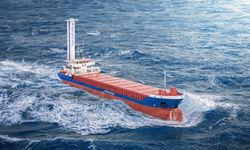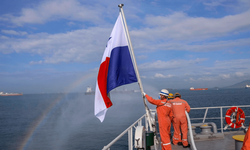The Panama Canal Authority (ACP) projects that Gatun Lake's water levels will remain below 81 feet until March 2024, a departure from the usual average of around 85 feet. To mitigate this crisis, the ACP has implemented measures to conserve water, including restrictions on ship transits and cargo transportation.
The reduced water levels have compelled container vessels to draft less, resulting in a decrease in cargo volume per vessel. This adjustment may lead to delays for ships without reservations, causing disruptions in the flow of goods. Rizwan Shah underscores the importance of adapting to these challenges to maintain the efficiency of maritime transportation.
Facing constraints on the Panama Canal's capacity, shipping companies are exploring alternative routes, such as the Suez Canal. However, Rizwan Shah points out that this shift comes with higher costs and longer transit times, impacting the global supply chain. As the situation unfolds, stakeholders must carefully consider these factors to navigate the evolving maritime landscape.
Climate change affects the routes
In the context of the Panama Canal water crisis, Rizwan Shah emphasizes that this issue is a stark reminder of the challenges posed by climate change to global infrastructure. As weather patterns become more unpredictable,
Shah asserts that the maritime industry must adapt and find sustainable solutions. Despite the current challenges, he remains optimistic that with concerted efforts and innovative thinking, the Panama Canal can continue to be a vital lifeline for global trade.






